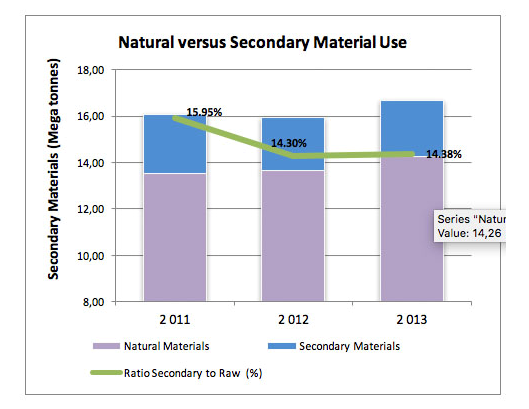The cement industry’s impacts on the environment are largely attributed by the materials used in the manufacturing of cement. The CCSA is assisting members in finding solutions to the challenges faced by the industry, especially with regards to reducing its environmental footprint. One of the significant challenges facing the cement industry is to find ways to reduce the mining of both primary raw material (limestone) and secondary components such as oxides of silica, alumina and iron. All are core ingredients in the manufacturing of cement but represent an ongoing use of what are essentially finite resources in South Africa.
Using alternatives as compared to raw materials contribute to meaningful reductions in CO2 emissions. Alternatives (such as gypsum, limestone, fly ash, and slag) to raw materials (clinker) also contain mineral components which lead to the production of blended cements with important diversified properties. Other secondary materials used by various members include synthetic gypsum, flue gas desulphurisation gypsum (FDG), waste bricks, tionite, and magnetite. Blended cement qualities also provide improved workability, durability and density in concrete products, which further reduces the impact mining activities on the environment.
The cement sector is currently reviewing ambitious targets to support fuel switching and is actively engaging with the different stakeholders to fast-track uptake of alternate fuels

NATURAL VERSUS SECONDARY MATERIALS
As production processes improve, less natural resources will be used through substitution of waste materials from other industrial processes, ultimately reducing waste to landfill, whilst simultaneously recovering the energy content of the materials. CCSA members are making progress in developing cement products that are less reliant on natural materials. Figure 2 below represents the extent of natural material replacement by our members.

Figure 2: Natural vs Secondary Material Use
The ratio of secondary materials (secondary plus secondary materials used as extenders) versus natural materials (natural plus natural materials used as extenders) increased from 2012 to 2013 post a decrease in the prior year. The availability of such materials in the market is however a key factor influencing this ratio.

